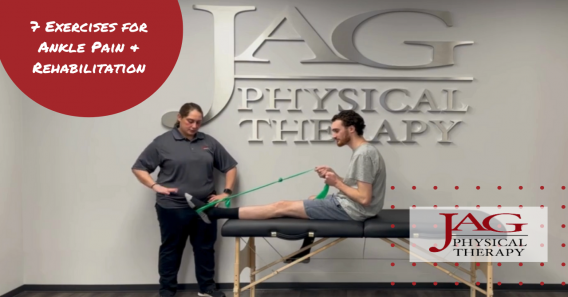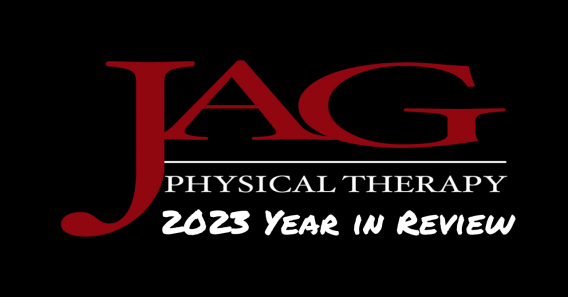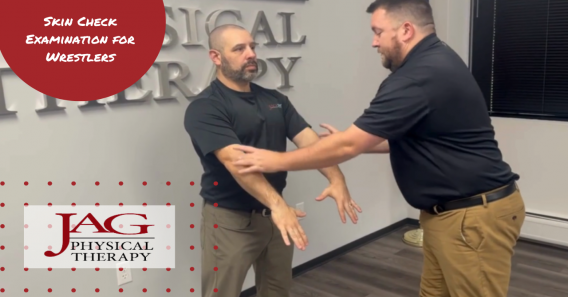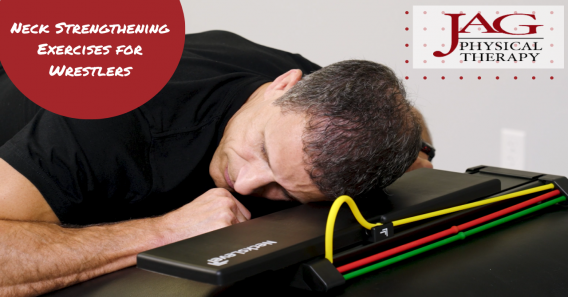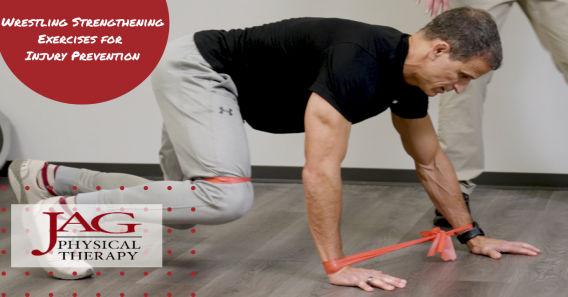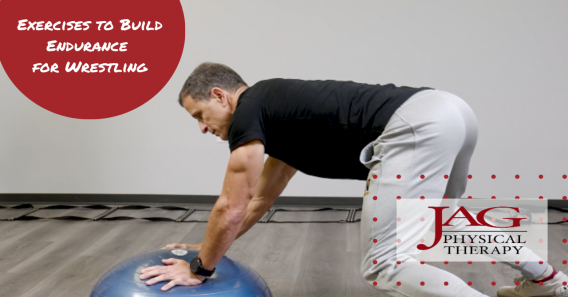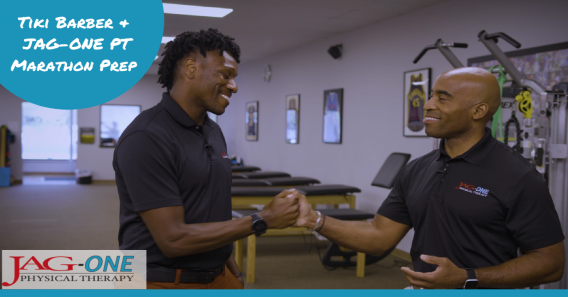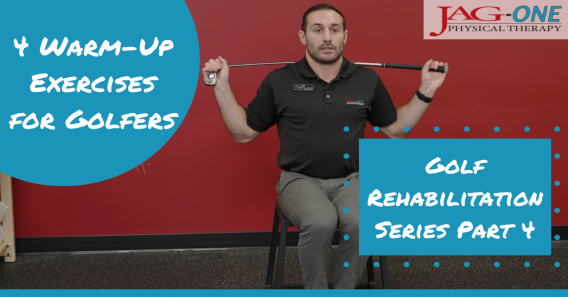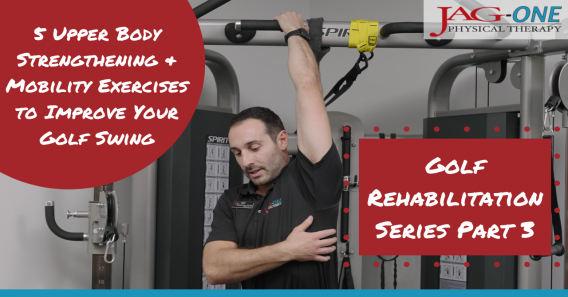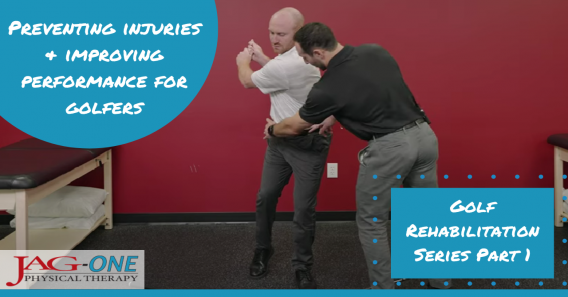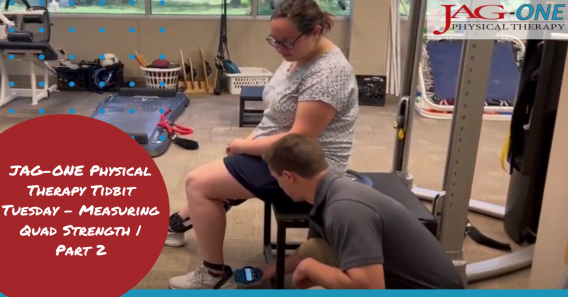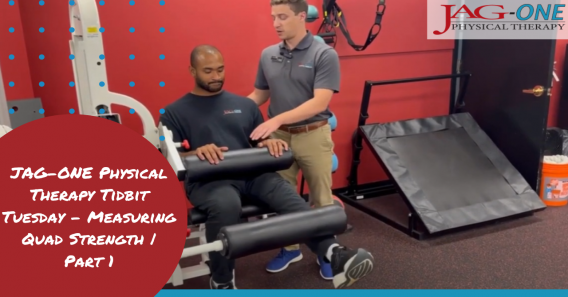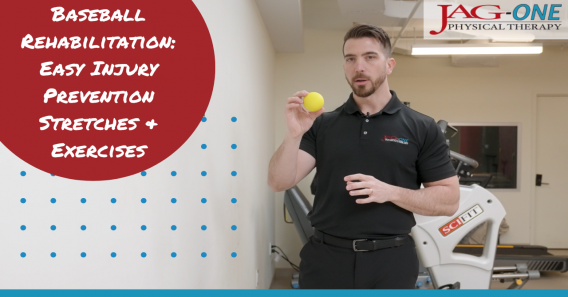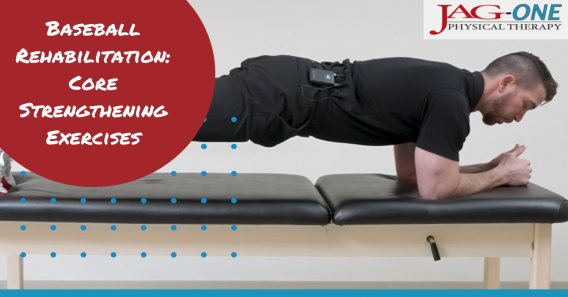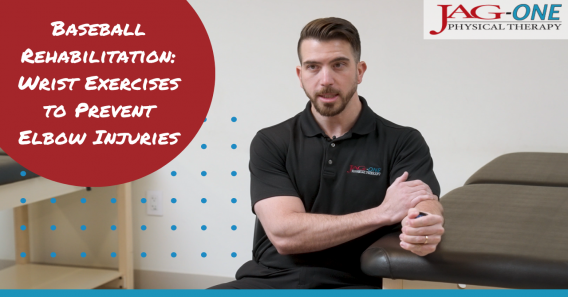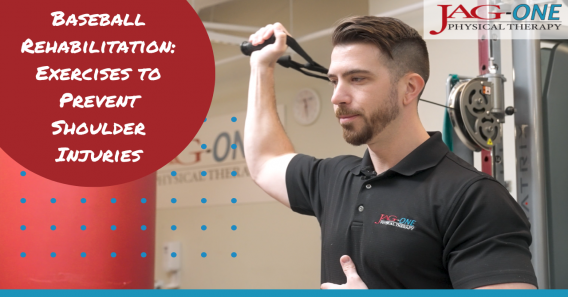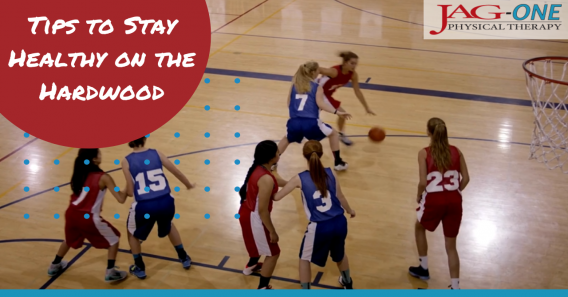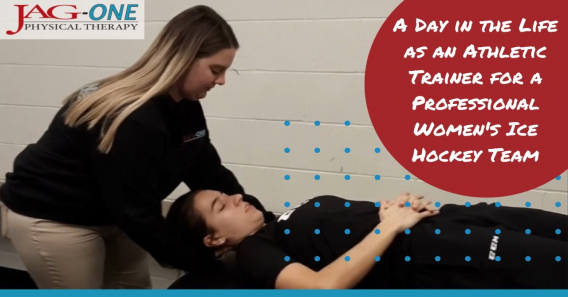Plyometric exercises – which you may also know as jump training or simply plyos – are key for anyone who is serious about athletics at any level. Other types of exercise are necessary for building muscle, increasing flexibility, or improving cardiovascular fitness, but plyometrics train specific movements, not just body parts. Specifically, with plyos, you’ll be able to begin the maneuvers you most use in your sport of choice faster, execute them more powerfully, and gain the agility to quickly react and adapt, potentially even avoiding injury.
However, due to the inherent intensity of plyometric exercises, it’s best to undertake them with expert guidance. At JAG Physical Therapy, we are New York, New Jersey, and Pennsylvania’s top source for athletic PT. We have experience helping athletes who are students, amateurs, and professionals perform better and stay healthy with workout assistance. Schedule an appointment with us today to get your game to the next level or view more below on the importance of plyometrics to almost all sports.
What Are Plyometric Exercises and How Do They Work?
In general, plyometric exercises are movements used in training where the muscles apply their maximum force output over a very short period of time. The goal is to create an explosive effect by going from muscle extension to contraction as fast as possible. In fact, the term “plyometrics” comes from Greek roots meaning “more or greater measure” – that is to say, exerting oneself to the greatest possible measure in an instant.
The value of this exercise method was discovered first in the late 20th century in the USSR and then spread around the world. Plyometric exercises are based on the stretch-shortening cycle (SSC), which is a sequence of rapid muscle actions. During the SSC a muscle is first stretched and then quickly shortens, providing both an eccentric and a concentric exercise, essentially doubling efficiency. More than that, improving the SSC through plyometrics means that the muscle’s energy storage via elasticity can be increased and neuromuscular pre-contractions can allow for faster reactions. In the world of sports, where split seconds can make the difference for a play, it’s clear that plyometric exercise has many important benefits.
While not exclusively focused on the legs, plyometric exercise commonly utilizes many types of jumps. These may include box jumps, jump squats, and depth jumps, all of which emphasize a quick elevation change.
How Can Plyometric Training Improve Athletic Performance?
The reason that plyometric training is recommended for athletes is because it leads to better performance along several dimensions. In particular, repeating the motions involved in plyometrics will allow you to perform similar motions on the playing field with a higher degree of speed and strength and, crucially, to begin your muscle action in a shorter time.
Plyometrics have quite different benefits depending on the sport you play. Basketball players, for example, should consistently train using the basic plyometric movements since basketball utilizes jumping more than any other team sport. A higher vertical jump that can be begun faster means you can more readily make a contested shot or shut down an opponent with a demoralizing block.
In soccer, all players, even goaltenders, need to be able to accelerate well and quickly change direction. Plyometric side-to-side movements can increase these skills particularly well. Football players can use plyometric training to sprint better and either develop tackling power or the ability to avoid tackles. Even runners can unlock a higher level of stride efficiency and endurance with plyometrics.
In general, plyometric exercises also work to increase coordination and neuromuscular efficiency. These factors are something that can give any athlete an edge. The resulting faster reflexes and improved muscle memory are useful in all sporting pursuits.
What Are the Best Plyometric Exercises for Athletes?
Just as athletes in different sports get different advantages from plyometric training, they may want to concentrate on different types of plyometric exercise depending on sport and even the position they play. Many plyos are lower body exercises, but there are plenty of these types of movements for the upper body as well.
Most athletes will train their legs in some capacity, but those who most often need to use explosive and powerful movements (such as linebackers or hockey forwards) tend to use box jumps, squat jumps, and bounding, among other plyo jumps.
Upper body plyometrics may be more specialized, but are still used by martial artists, basketball players, and others for hand speed and arm strength. These include plyo push-ups (in which you push off the ground completely, raising your upper body into the air) and underhanded chin-ups. Medicine ball throwing, whether overhead, chest passing, or another version, is also a major part of upper body plyometrics.
Many players in different sports favor speed and agility plyometrics as this often translates to more scoring opportunities on the field. Athletes as physically different as running backs, soccer forwards, and shooting guards utilize exercises including ladder drills and lateral hops. These movements all have in common the use of rapid stepping and fast direction changes in a large range in motion.
While everyone is aware of the need for gradual progression in exercise to avoid overtraining or the risk of injury, this should be emphasized even more in plyometrics. The speed and force involved in plyos increases the risk of something going wrong if done too fast or incorrectly. You can start off at a much more relaxed speed to get used to each motion before intensifying them into a true plyometric workout.
How Can Physical Therapy Help Athletes Incorporate Plyometrics Safely?
In any form of high-impact training, injury prevention isn’t just something you should pay attention to while exercising – it should be a long-term goal of the training itself. When plyometrics are done regularly and safely, they can lessen the chance of on-field injury in many otherwise risky situations. And the best way to safely begin a plyometric training routine is by consulting a trained physical therapist.
At JAG PT, we’re just as passionate about helping athletes as you are about the sports you play. We use techniques like gait analysis to visualize and therefore improve your body mechanics, and we can advise you on changing your routine if you’re experiencing pain or difficulty or recovering from an injury.
Train Smarter, Perform Better with JAG Physical Therapy
The skilled team members at JAG Physical Therapy are highly experienced in plyometrics, sport-specific conditioning, and injury prevention. We have the tools to help you improve your performance, level up your exercise routine, and avoid getting hurt on the field. And for teams, our athletic training services are specialized, individualized, and effective. Book an appointment now to get started.






































